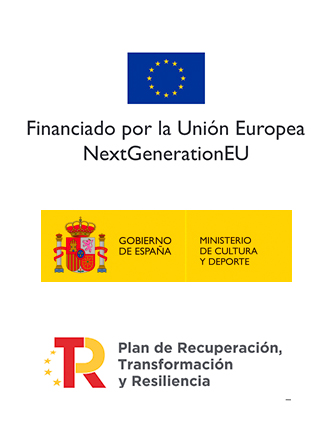.
RURRU MIPANOCHIA | POR-NO: Monstruos Panochones Prehispánicos | 21.04.2016 – 04.06.2016
Rurru Mipanochia: Cosmology and Transgression
“Quetzalcoatl having a bath touched with his hand the virile member, flew away the seed up on a stone, and there was born the bat, which was sent by the gods to bitten a goddess who they call Xochiquetzal -which means rose-, and to cut off from her a bite of what’s inside the female member; and while she was sleeping, it cut the fragment and brought it for the gods and they washed it, and from the dripped water gushed out roses that did not smell good, and then the same bat took that rose to Mictlantecuhtli and there they washed again, and from the water came out smelling roses , which they call suchiles ( sic ) , by derivation of this goddess they call Xochiquetzal “
Códice Magliabechiano S XVII.
We are currently witnessing in western societies to a tyranny of the body based on the Greco-Roman canons of beauty. Throughout history, recursively, theses canons have been recovered and magnified, up to impose a narrow model that defines and determines those bodies that fit these models and therefore can be considered beautiful, and those that can’t be.
On the other hand, the Judeo-Christian lacerating traces of theses lacerated societies and their geographic areas of influence, attach to theses models a user manual. They impose to us what should be the accepted behaviors, in with which way these bodies should relate, what practices are correct and finally, how it’s more convenient to represent them.
Within the Mexican tradition of painting, the sculptural bodies chiseled by the muralists, like Saturnino Herranz as a seminal figure, trying to give dignity to devastated indigenous peoples, anxious to claim their identity.
From a deep knowledge of the pre-Hispanic world, the artist raises the possibilities of starting from scratch. Why is it not feasible to create a new model at the image and the likeness of the gods? Not about Greco-Roman gods but the Mesoamerican pantheon. A double reconstruction, so theses supernatural beings generate new referents. Those bodies before discarded and thrown to the margins of abjection, are now more plural and diverse, plural and heterogeneous as are their ways of relate.
Polygendered gods legitimate and normalize identity and practices based on diversity. Polygendered Deities propose a new system of mystical representation. In it, animals or their hybrids act like a vector. They transform the subversion way of knowledge by a dual possession, physical and spiritual.
In a more formal way, Rurru Mipanochia’s drawings – extremely delicate by their execution – bring us close to Muchá and the Art Nouveau by the rhythm of its lines and through its sensuality. However, the explicit content of the work evokes a carnality closer to Lucian Freud or Egon Schiele.
With all its power, they rise as news multiform and perverse angels, which bring us into the ancestral mysteries of sex, fertility and creation. They offer us a magnificent transgression ritual and lead us ecstatically to a spoiled violation of complacent eyes.
Ricardo Recuero















